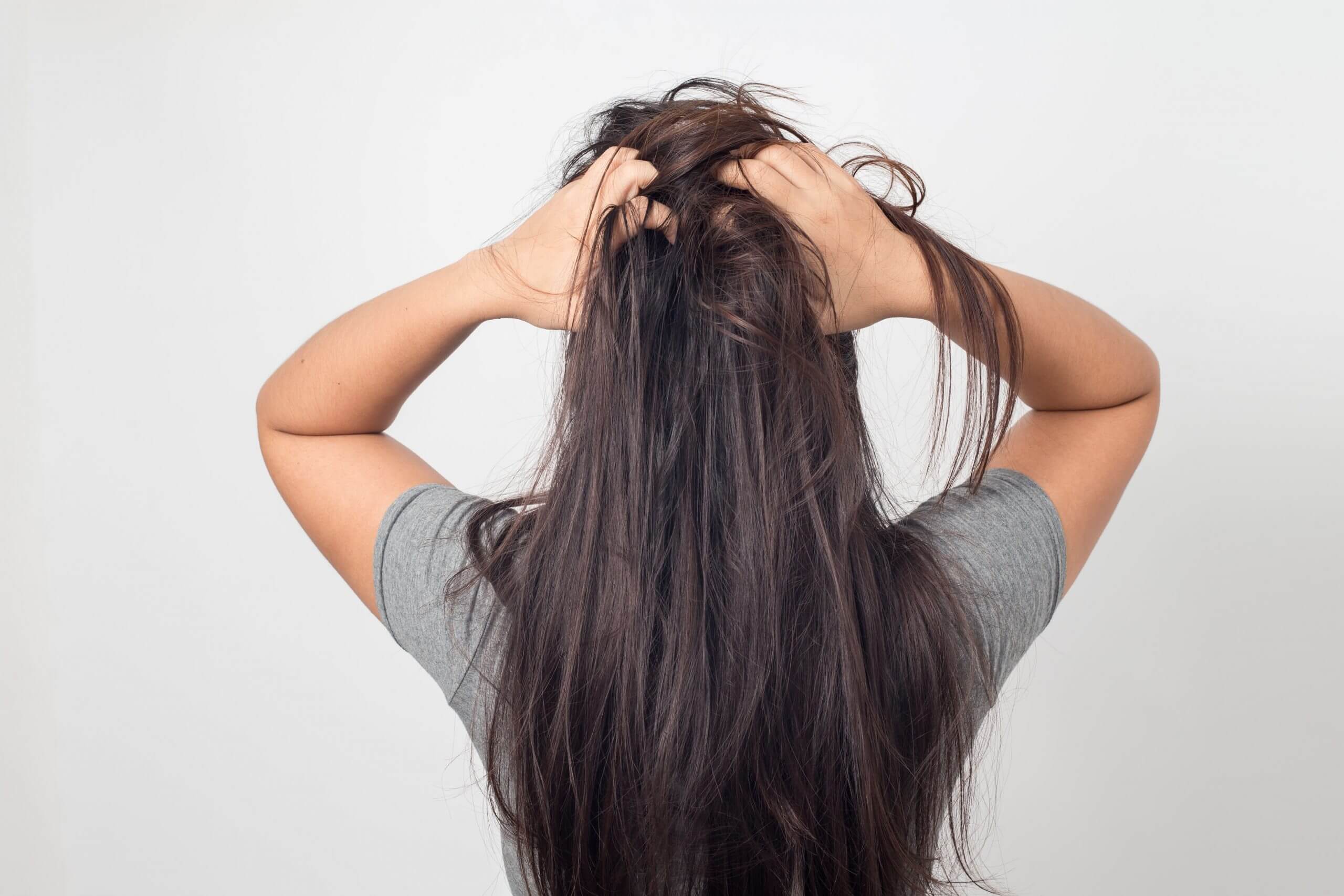Pityriasis Amiantacea

Also known as Tinea Amiantacea, Pityriasis Amiantacea is a distinct scalp disorder, usually described as an eczematous condition in which the scalp (skin on the head) bears adherent, thick and silver scales. The scales of the scalp in Tinea Amiantacea extend onto the hairs and binds them in a heavy bunch together. These tight scales on the scalp in Pityriasis amiantacea happen in patches anywhere on the scalp. It commonly affects individuals between 25-50 years of age.
Pityriasis Amiantacea is not caused by fungus and is further defined as an inflammatory disease. It is medically identified as a result of other scalp disorder conditions including psoriasis, lichen planus, lichen simplex chronicus and seborrheic dermatitis. It is most likely an exaggerated inflammatory response to these scalp diseases.
There are different causes of pityriasis amiantacea and it is important to avail treatment of Pityriasis Amiantacea. There can be serious consequences of this scalp disorder like Pityriasis Amiantacea hair loss and bald spots. Thankfully, there is an accessible natural treatment for Pityriasis Amiantacea now available at the RichFeel clinic.
Treatment of Pityriasis Amiantacea
Tinea Amiantacea is very irritating, troublesome and can cause a lot of stress to the patient. Therefore, there is a need for the treatment of Pityriasis Amiantacea, which is not a lengthy or difficult procedure.
The primary aim of the trichologist during the treatment of Pityriasis Amiantacea is the removal of scales on the scalp and it is done using medicines.
To treat the inflammatory scalp condition, the treatment of Pityriasis Amiantacea involves applying ointments. These are topical ointments which contain a mx of Keratolytic agents along with anti-inflammatory agent to remove scales on the scalp.
An antifungal treatment is needed only if there is some fungal infection surrounding the Tinea Amiantacea affected area. Mineral and vegetable oils are also used in certain cases, only under clinical supervision for treatment of Pityriasis Amiantacea.
It is important to remember that these scales on the scalp are stubborn and thus difficult to remove. On their removal, these scales on the scalp ooze a yellow sticky discharge. Therefore, the treatment of Pityriasis Amiantacea should be done with utmost care and caution. Peeling of such scabs is not advisable as it leads to permanent scarring of the scalp, in turn causing Scarring Alopecia.
A careful approach is a must and patients are given a care regimen to delicately get rid of such scabs. Post which, a relapse is controlled with a feasible regiment and if needed oral administration of amino acid.
Causes of Pityriasis Amiantacea
Tinea Amiantacea is mostly considered a reaction pattern and may not necessarily have a specific diagnosis. It may be a result of:
- Scalp Psoriasis– is excessive flaking of the scalp with constant irritation.
- Seborrhoeicdermatitis- eczema condition of the scalp.
- Atopic dermatitis– an itchy skin condition of the scalp.
- Tinea Capitis– infection of the scalp.
- Lichen Simplex- single or multiple plaques on the scalp.
- Contact Dermatitis- when the skin on the scalp develops an allergic reaction in response to a foreign substance.
Symptoms of Pityriasis Amiantacea
- Scalp redness, bumpiness due to scales on the scalp.
- Inflammatory scalp.
- Burning sensation on the scalp.
- Silvery-white scales.
- Dandruff-like flaking.
- Dry scalp.
- Hair loss.
Diagnosis of Pityriasis Amiantacea
- To investigate the skin infection due to scales on the scalp, swabs are sent to the laboratory.
- If Tinea Capitis is suspected, then scrapings and small hair follicles extracts are sent for further clinical investigation through mycology.




